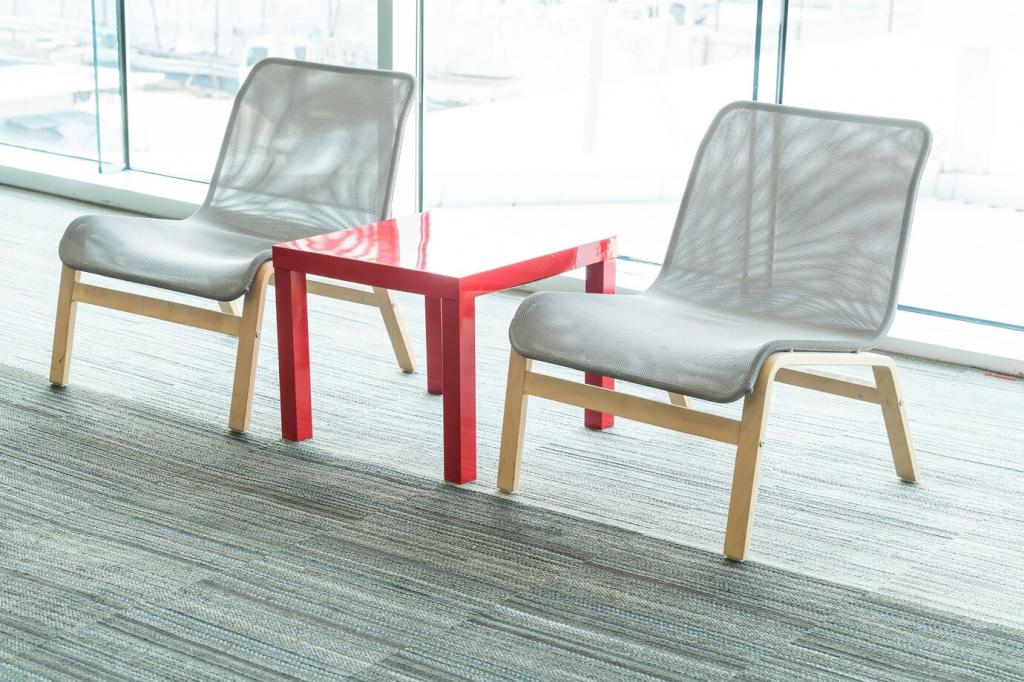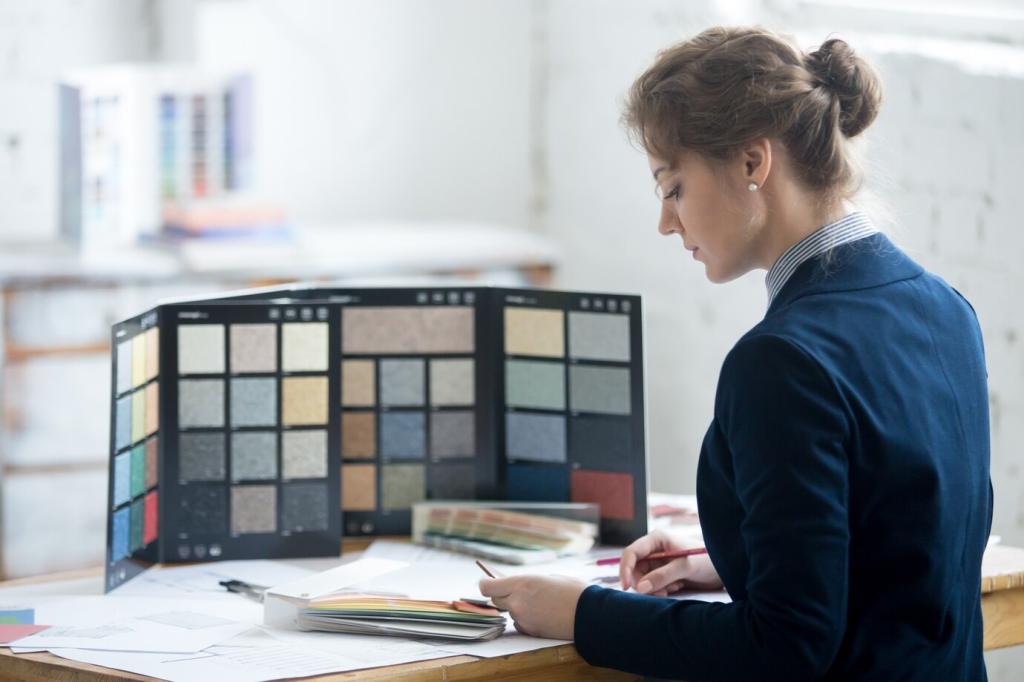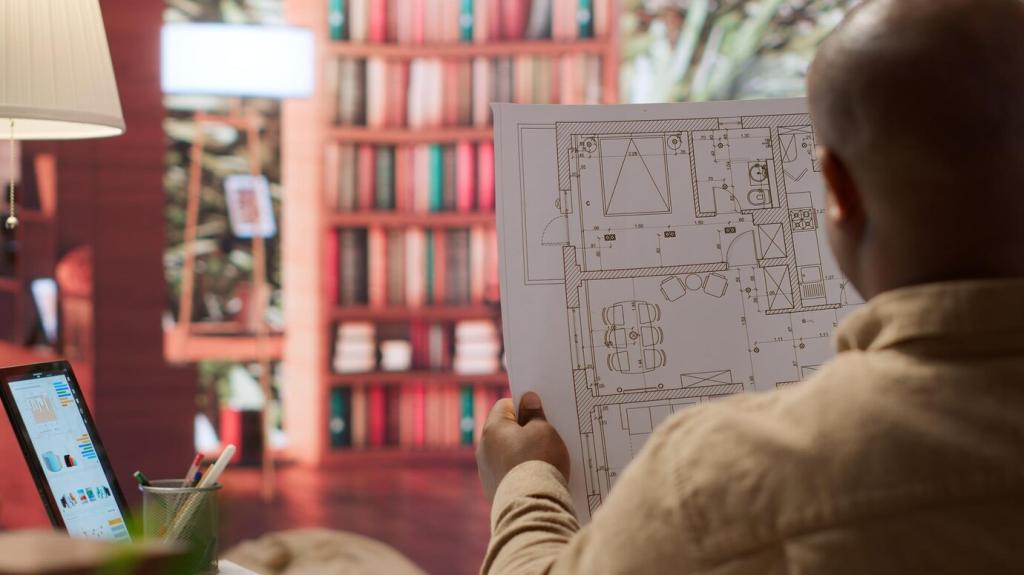Sustainability Lessons: Repair, Reuse, and Circular Comfort
Visible mending, patchwork slips, and seasonal stuffing refreshes kept soft furniture alive for decades. These acts bonded families and reduced waste. What repair method saved your favorite chair? Share your story and help build a community archive of resilient comfort.
Sustainability Lessons: Repair, Reuse, and Circular Comfort
Foams off-gas, treatments add VOCs, and mixed textiles complicate recycling. Certifications, EPDs, and water-based adhesives are improving the picture. Which labels do you trust? Tell us, and subscribe for a buyer’s guide to healthier, low-impact soft furniture.










